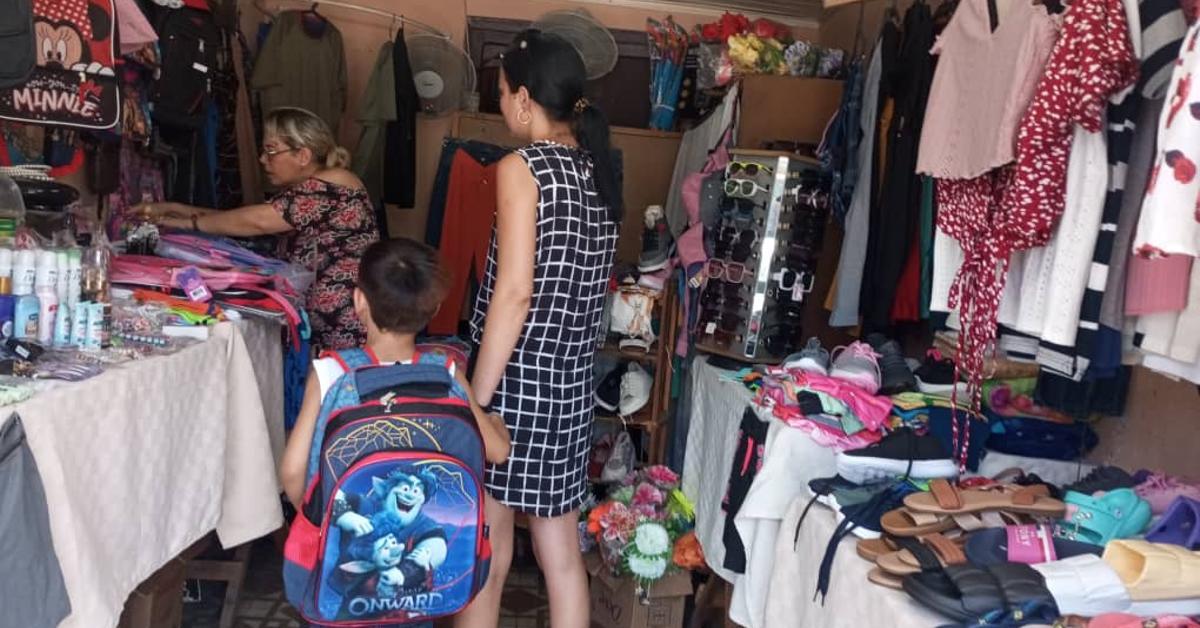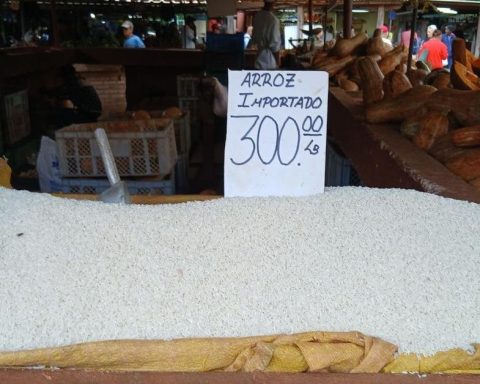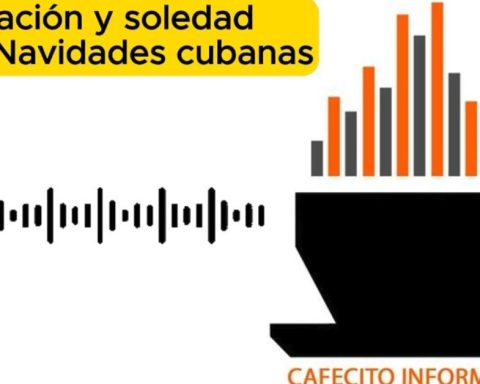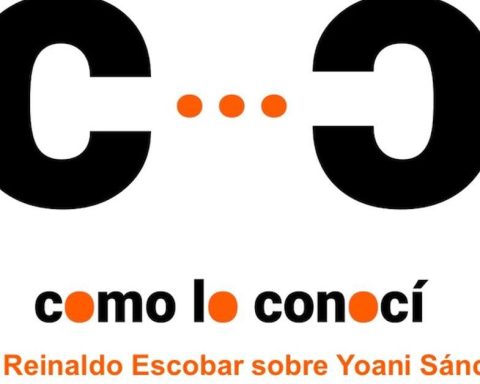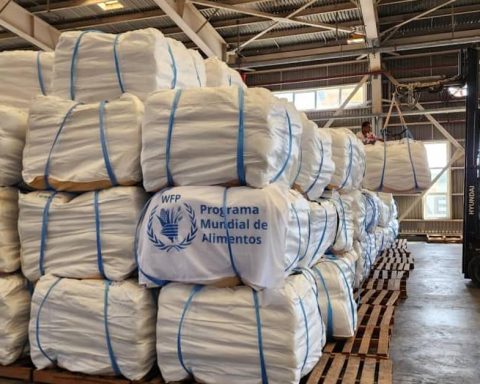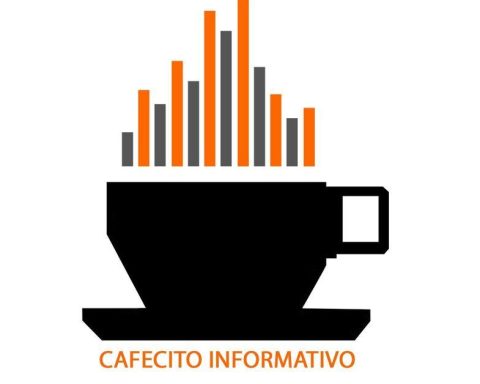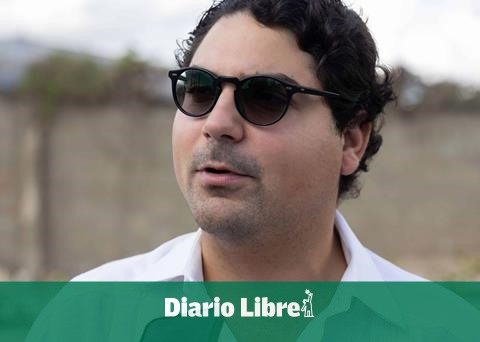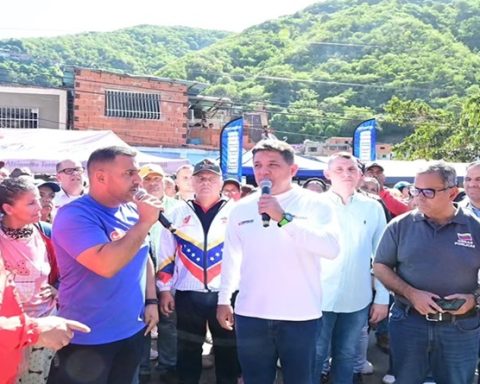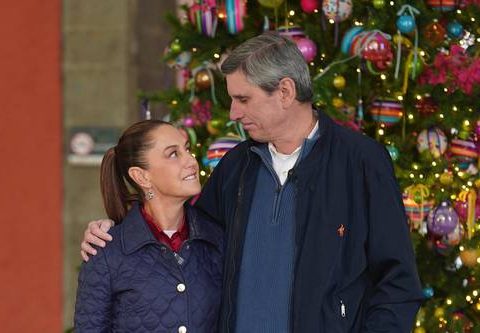Cienfuegos/Havana/“During these days we will be told on Cuban television news that, despite the blockade, the Ministry of Education has everything guaranteed for the success of the school year,” said Vivian, a grandmother from Cienfuegos, ironically interviewed by 14ymedio for a report on the return to school next Monday, September 2.
The phrase could not be more prescient. This Tuesday, the Minister of Education, Naima Trujillo Barreto, offered at a press conference details about a school year more marked than ever by the country’s economic needs, but putting forward that “despite these difficulties existing in the country, alternative and methodological responses have been achieved, to guarantee that more than 1,600,000 students return to classrooms in more than a thousand educational centers, as an expression of access to free and universal education that the Revolution has guaranteed for more than six decades.”
At approximately the same time that the minister was speaking, a dispute broke out between parents of students and the director of the secondary school in Luyanó, Havana. The director ordered the delivery of books to be stopped after receiving countless complaints about the books being in poor condition.
“The person who was registering me told me to go to the store to pick up the books, that the seventh graders were going to be given them,” says the mother of a student. “When I got to the store, they told me: ‘No, no, no. It stopped again. They say that not even the seventh graders.’ So I went to the principal to ask, going all over the place, and he told me no, that they were giving them out wrong in advance, that’s why he stopped it.”
“So I go over to the director to ask, terribly back and forth, and he tells me no, that they were giving them wrong advance notice, that’s why he stopped it.”
Chaos is, in any case, the least of the problems for Cuban families. In the days leading up to the start of the school year, parents are constantly going back and forth to private shops in search of materials. “I even have to buy my grandson a spelling and English notebook. The notebooks they give out at school are not enough for even a term, so from now on you have to have all of that together with erasers, mechanical pencils, rulers… The list of what is needed is endless and the money is not enough to even start,” says Vivian.
This is nothing like what the minister said yesterday, when she stated that not only books, but also “notebooks and pencils with the correct standard, among other materials, including those necessary for life in residential centres” were being distributed.
The situation for parents who have more than one child in school is even worse. “My youngest child will start first grade and the oldest will start third. What one child has left, I pass on to the other. Even so, there are expenses such as book covers, for example, that I have to cover for both of them,” complains Tamara, who has come from the municipality of Cruces to buy some notebooks for her two children.
Sandra has decided to queue up at La Princesa Market to buy instant soda. “I’m going to buy them for a few days, because then they get lost and I go crazy looking for resellers. That’s another thing: you have to feed the kids, because school lunches are a mess. There’s no pocket that can handle it, or wallet that can resist it, to be honest,” says the woman.
That’s another thing: you have to feed the kids, because the school lunch is a mess. There is no pocket that can handle it, nor a wallet that can resist it.
Where to take it becomes another unexpected extra cost, with current prices. “Where are we going to end up, my God?” Vivian asks herself in front of a colorful lunch box that costs 3,000 pesos. She wants to buy her grandson something that will last him most of the school year, because last year she had to replace everything twice. “This is the stage where vendors take full advantage of parents and grandparents who, in general, barely earn the monthly salary equivalent to a lunch box,” she laments.
At 64, she says, she has never seen such an imbalance between prices, quality, supply and demand. “My grandson and I have walked through all the shops on the boulevard to see if we can find a pair of shoes that would fit him. The cheapest ones cost 5,000 pesos, which is really out of reach for many Cuban families,” says the woman, while the boy points out a pair of sneakers that cost 8,000 pesos.
The sale of school uniforms The store has been located in three commercial establishments in the Perla del Sur. “I just went to the La Escuadra store and the smallest size of blouse is too big for me,” explains Sandra, whose daughter will start seventh grade. “I couldn’t find anything in the El Lince and El Palo Gordo stores either. In the end, I’m going to have to buy at least two sets of uniforms at Revolico, whatever price they want to set for me. It’s not easy,” she admits with concern.
/ 14ymedio
In these cases, the problem is exacerbated if there is more than one child of the opposite sex and clothes cannot be reused. “I don’t know what I would do if my children were male and female,” says Tamara.
Sandra confesses to 14ymedio She has been saving since last January to buy her daughter a new backpack. “I feel sorry for her and I want her to start high school with the best I can give her. I have managed to gather 8,000 pesos, but I am going to save some money, in case the damn backpack breaks in the middle of the course and I have to change it for another one or fix the same one,” she says.
For the State, once again, the biggest workhorse will be the teachers. Trujillo pointed out
He told the press that at least 24,000 teachers and professors are missing this academic year, especially in Havana, Artemisa, Mayabeque, Matanzas, Sancti Spíritus, Ciego de Ávila and Camagüey. Among the 156,000 who are available are 12,000 who have returned to the classrooms after leaving them “for various reasons” that he did not want to mention.
Everything suggests that those brought back are retirees forced by circumstances to work and not those who left due to poor salaries and who were tiny “stimulus” The late payment promised by the government can hardly serve to return to the state sector.
